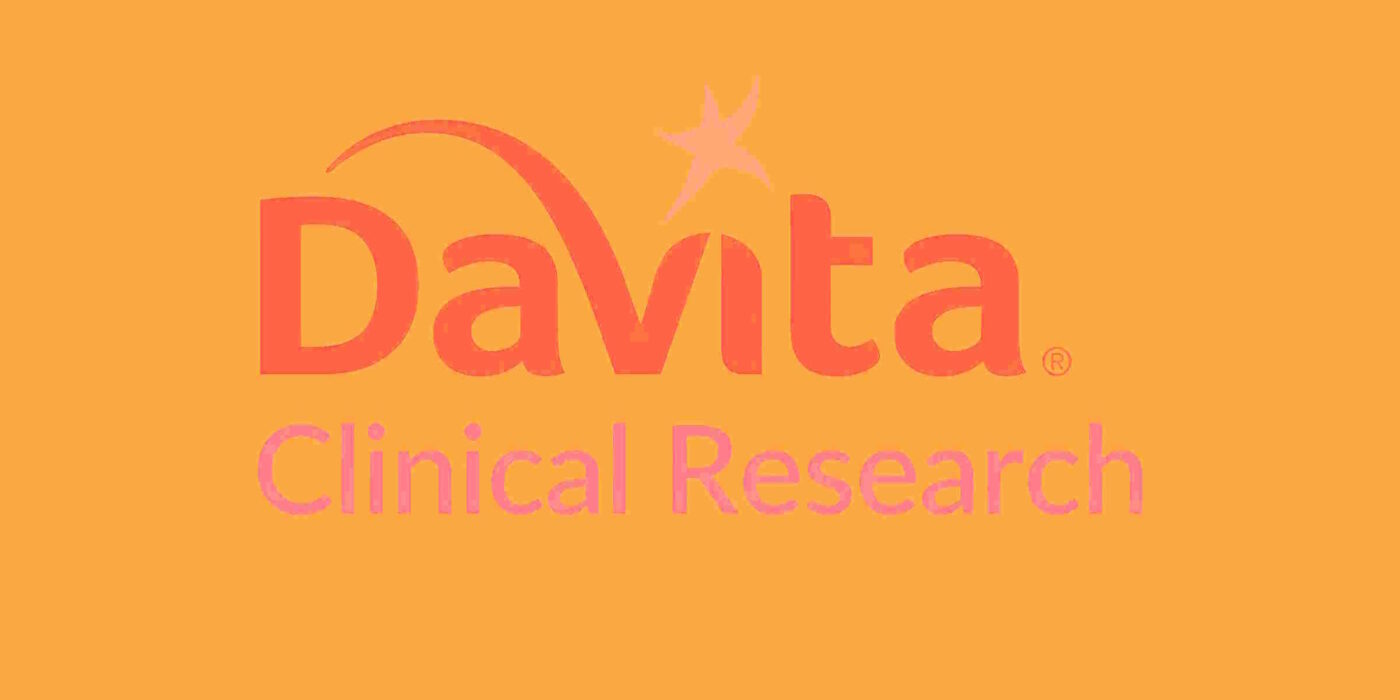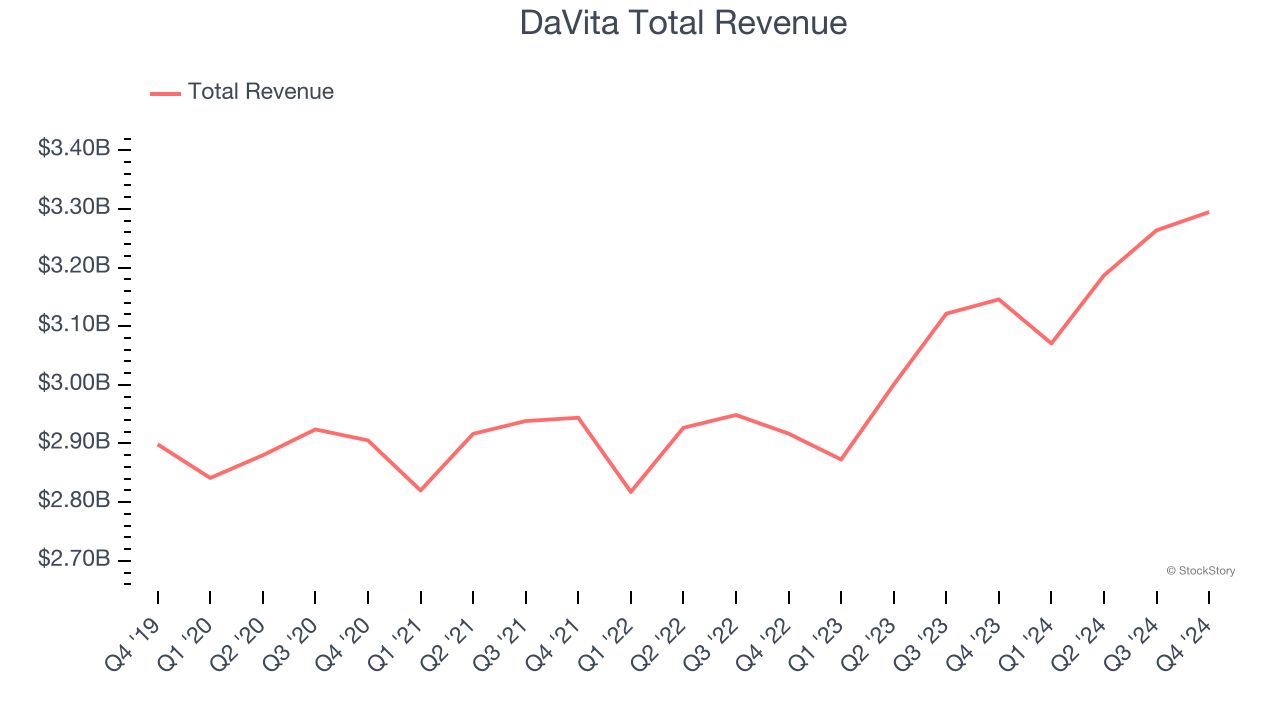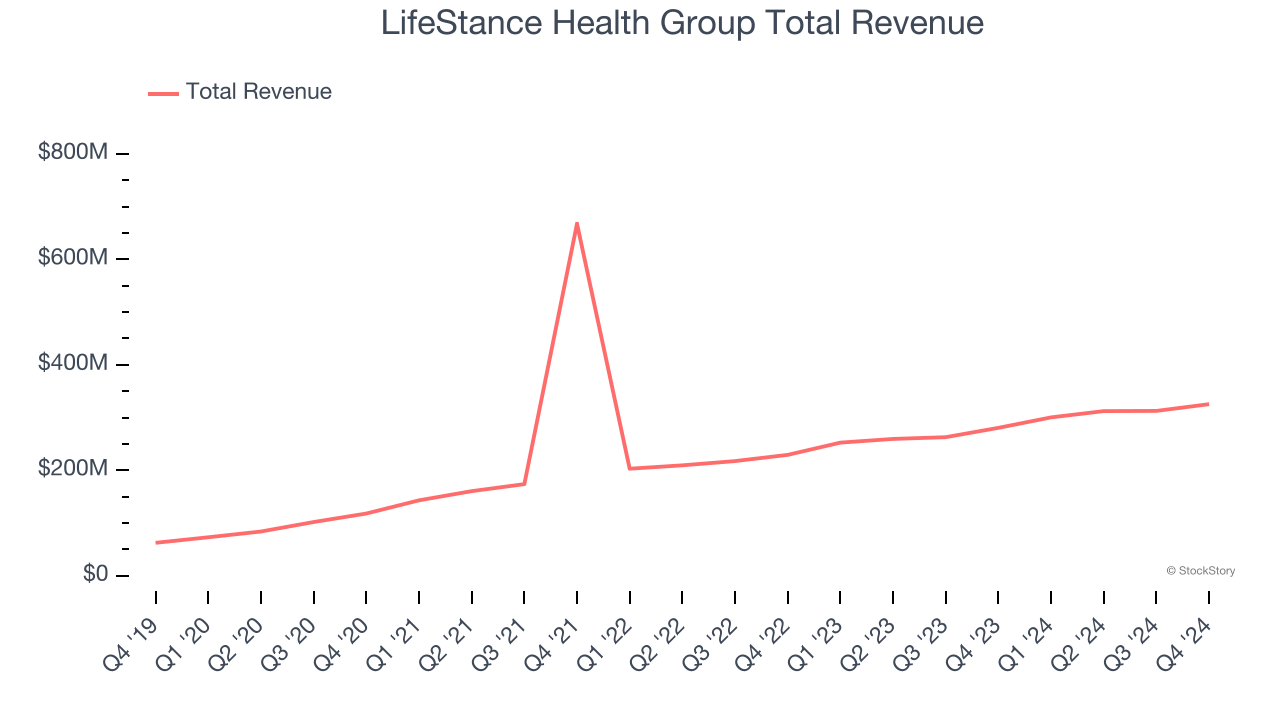
Let’s dig into the relative performance of DaVita (NYSE:DVA) and its peers as we unravel the now-completed Q4 outpatient & specialty care earnings season.
The outpatient and specialty care industry delivers targeted medical services in non-hospital settings that are often cost-effective compared to inpatient alternatives. This means that they are more desired as rising healthcare costs and ways to combat them become more and more top-of-mind. Outpatient and specialty care providers boast revenue streams that are stable due to the recurring nature of treatment for chronic conditions and long-term patient relationships. However, their reliance on government reimbursement programs like Medicare means stroke-of-the-pen risk. Additionally, scaling a network of facilities can be capital-intensive with uneven return profiles amid competition from integrated healthcare systems. Looking ahead, the industry is positioned to grow as demand for outpatient services expands, driven by aging populations, a rising prevalence of chronic diseases, and a shift toward value-based care models. Tailwinds include advancements in medical technology that support more complex procedures in outpatient settings and the increasing focus on preventive care, which can be aided by data and AI. However, headwinds such as reimbursement rate cuts, labor shortages, and the financial strain of digitization may temper growth.
The 7 outpatient & specialty care stocks we track reported a mixed Q4. As a group, revenues beat analysts’ consensus estimates by 0.6% while next quarter’s revenue guidance was 0.7% below.
Amidst this news, share prices of the companies have had a rough stretch. On average, they are down 5.2% since the latest earnings results.
DaVita (NYSE:DVA)
With over 2,600 dialysis centers across the United States and a presence in 13 countries, DaVita (NYSE:DVA) operates a network of dialysis centers providing treatment and care for patients with chronic kidney disease and end-stage kidney disease.
DaVita reported revenues of $3.29 billion, up 4.7% year on year. This print exceeded analysts’ expectations by 0.9%. Despite the top-line beat, it was still a slower quarter for the company with a significant miss of analysts’ full-year EPS guidance estimates and sales volume in line with analysts’ estimates.
"Despite a year with unique hurdles, we finished strong in 2024, producing full year adjusted operating income and adjusted EPS in the top half of our guidance range," said Javier Rodriquez, CEO of DaVita Inc.

DaVita delivered the slowest revenue growth of the whole group. The stock is down 16% since reporting and currently trades at $148.70.
Read our full report on DaVita here, it’s free.
Best Q4: LifeStance Health Group (NASDAQ:LFST)
With over 6,600 licensed mental health professionals treating more than 880,000 patients annually, LifeStance Health (NASDAQ:LFST) provides outpatient mental health services through a network of clinicians offering psychiatric evaluations, psychological testing, and therapy across 33 states.
LifeStance Health Group reported revenues of $325.5 million, up 16% year on year, outperforming analysts’ expectations by 3.6%. The business had an exceptional quarter with EBITDA guidance for next quarter exceeding analysts’ expectations and a solid beat of analysts’ EPS estimates.

LifeStance Health Group scored the highest full-year guidance raise among its peers. The stock is down 11.1% since reporting. It currently trades at $6.67.
Is now the time to buy LifeStance Health Group? Access our full analysis of the earnings results here, it’s free.
Weakest Q4: agilon health (NYSE:AGL)
Transforming how doctors care for seniors by shifting financial incentives from volume to outcomes, agilon health (NYSE:AGL) provides a platform that helps primary care physicians transition to value-based care models for Medicare patients through long-term partnerships and global capitation arrangements.
agilon health reported revenues of $1.52 billion, up 44.2% year on year, in line with analysts’ expectations. It was a softer quarter as it posted full-year EBITDA guidance missing analysts’ expectations significantly and a significant miss of analysts’ EPS estimates.
agilon health delivered the fastest revenue growth but had the weakest full-year guidance update in the group. The company added 2,000 customers to reach a total of 527,000. Interestingly, the stock is up 42.3% since the results and currently trades at $5.15.
Read our full analysis of agilon health’s results here.
Surgery Partners (NASDAQ:SGRY)
With more than 180 locations across 33 states serving as alternatives to traditional hospital settings, Surgery Partners (NASDAQ:SGRY) operates a national network of outpatient surgical facilities including ambulatory surgery centers and short-stay surgical hospitals.
Surgery Partners reported revenues of $864.4 million, up 17.5% year on year. This number beat analysts’ expectations by 4.3%. Overall, it was a strong quarter as it also put up a solid beat of analysts’ EPS estimates and a narrow beat of analysts’ sales volume estimates.
Surgery Partners scored the biggest analyst estimates beat among its peers. The stock is down 12.4% since reporting and currently trades at $21.10.
Read our full, actionable report on Surgery Partners here, it’s free.
U.S. Physical Therapy (NYSE:USPH)
With a nationwide footprint spanning 671 clinics across 42 states, U.S. Physical Therapy (NYSE:USPH) operates a network of outpatient physical therapy clinics and provides industrial injury prevention services to employers across the United States.
U.S. Physical Therapy reported revenues of $180.4 million, up 16.6% year on year. This print surpassed analysts’ expectations by 2.4%. Aside from that, it was a satisfactory quarter as it also recorded an impressive beat of analysts’ sales volume estimates but a significant miss of analysts’ EPS estimates.
The stock is down 21.8% since reporting and currently trades at $68.59.
Read our full, actionable report on U.S. Physical Therapy here, it’s free.
Market Update
As a result of the Fed’s rate hikes in 2022 and 2023, inflation has come down from frothy levels post-pandemic. The general rise in the price of goods and services is trending towards the Fed’s 2% goal as of late, which is good news. The higher rates that fought inflation also didn't slow economic activity enough to catalyze a recession. So far, soft landing. This, combined with recent rate cuts (half a percent in September 2024 and a quarter percent in November 2024) have led to strong stock market performance in 2024. The icing on the cake for 2024 returns was Donald Trump’s victory in the U.S. Presidential Election in early November, sending major indices to all-time highs in the week following the election. Still, debates around the health of the economy and the impact of potential tariffs and corporate tax cuts remain, leaving much uncertainty around 2025.
Want to invest in winners with rock-solid fundamentals? Check out our 9 Best Market-Beating Stocks and add them to your watchlist. These companies are poised for growth regardless of the political or macroeconomic climate.
Join Paid Stock Investor Research
Help us make StockStory more helpful to investors like yourself. Join our paid user research session and receive a $50 Amazon gift card for your opinions. Sign up here.
